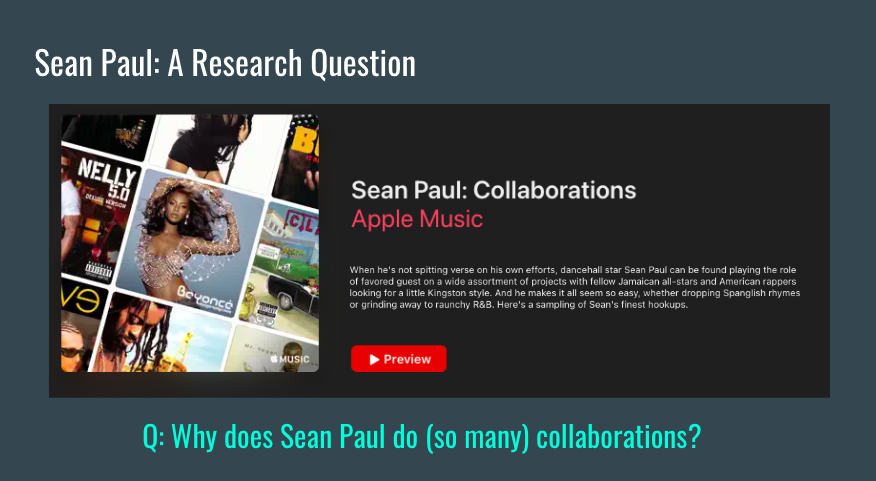Literally the best lecture of all time - Part I
NBD, but I think that I might have given one of the best lectures of my post-secondary teaching career last week in my Introduction to Research Methods course. The course is designed to teach students how a research project unfolds from A to Z, and the theme of the week was “Starting a Research Project”. We started the class by talking about the 5Ws of research - that is, the Who, What, When, Where, and Why of research. Students were encouraged to take part in an interactive poll or answer the questions by raising their hand.
A word cloud generated through Wooclap based on student responses to the question “Who does research?”
Then we turned to the 1H of research - How do you do research? - which really is the overarching theme of our class. This question is connected to and dependent on all of the 5Ws.
While a slight exaggeration, Hsia (1988) sums up the beginning of the research process quite well:
“Preparation for communication research is no less important than the precise preparation for a military operation in which success or defeat lies”
And thus we began our journey into the “How” by talking about the start of a research project.
The purpose of research
The purpose of research is to generate knowledge that explains a phenomenon, event or relationship (of the past or ‘present’) or predicts the occurrence of a future phenomenon, event or outcome of a future relationship. Knowledge is generated through exploratory research questions that lead to the development of theory or theoretical models, or through the refinement of a theory or theoretical model by testing hypotheses.
Generally, research questions are developed through one or more observations of a thing and the desire to better understand that thing. A theory, on the hand, is tested by applying it in the form of one or more hypotheses to new things to see if it holds up - in other words, to see if that theory is “true” - and under what circumstances.
Not surprisingly, the best way to demonstrate the difference between the two research approaches is with…
sean paul
Yes. THAT Sean Paul.
Why Sean Paul?
Well, since he won a Grammy in 2004 for Best Reggae Album, Sean Paul has released 7 more studio albums and has collaborated with artists from across the world, spanning several genres, including Beyoncé, Rhianna, Lil Jon, David Guetta, Justin Bieber, 2 Chainz, Idris Elba, The Saturdays, Sia, Iggy Azalea, Simple Plan and Gwen Stefani - to name just a few.
So, with that in mind, where could this long overdue research project start?
We spoke about how this question - Why does Sean Paul do (so many) collaborations? - is actually two questions, or a very presumptive one, because using “so many” implies a specific number or threshold of collaborations.
We also spoke about how a starting point for this inquiry could be to count the number of collaborations that Sean Paul has done, but putting together a list of compilations or establishing a count is just information - useful in a Wikipedia article but does not contribute to knowledge. In addition, counting doesn’t answer the “why”.
How do you get to the “WHY”?
To be continued, in Part II…

